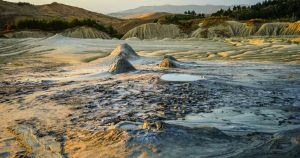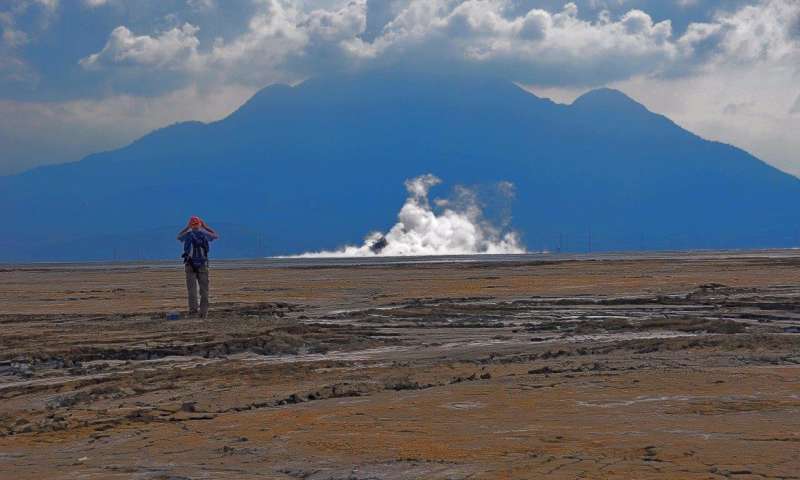
Scientists Solves The Mystery Behind The World’s Most Disgusting Volcano
In May 2006, the world’s most disgusting volcano erupted on the Indonesian island of Java. Lusi, as it was named, didn’t erupt lava though instead, sulfurous mud relentlessly poured out of the vent. Eleven years on, the eruption is still taking place, and it’s grown to be around 10 kilometers across.

The eruption, known as Lusi, is still ongoing and has become the most destructive ongoing mud eruption in history. Researchers may have figured out why the mudflows haven’t stopped: deep underground, Lusi is connected to a nearby volcanic system.
The relentless sea of mud has buried some villages 40 meters (130 feet) deep and forced nearly 60,000 people from their homes. The volcano still periodically spurts jets of rocks and gas into the air like a geyser. It is now oozing around 80,000 cubic meters (3 million cubic feet) of mud each day enough to fill 32 Olympic-sized pools.

According to a new study, a team of scientists led by the University of Oslo has finally solved the mystery of how Lusi formed. Researchers applied a technique geophysicists use to map Earth’s interior to image the area beneath Lusi.
Despite not being a conventional volcano, it appears that it’s still driven by a magma chamber hiding nearby. Seismic imaging systems have identified a complex series of faults that can be traced all the way from Lusi to Arjuno-Welirang, two conjoined stratovolcanoes.
Volcanoes can be connected to each other deep underground and scientists suspected Lusi and the Arjuno-Welirang volcanic complex were somehow linked because previous research showed some of the gas Lusi expels is typically found in magma. But no one had yet shown that Lusi is physically connected to Arjuno-Welirang.
Watch The Video Here:
Over time, the pressure built to a critical point, and a nearby earthquake which may have been caused by fracking opened up the faults and triggered its explosive release. This eruption was far away enough from the magmatic system that, instead of carrying a molten rock up to the surface, boiling mud was forced skywards instead.
Despite this discovery, Lusi remains enigmatic. After all, scientists can’t quite agree on what Lusi even is. True mud volcanoes are often no larger than a room and can be found all over the world, from Iceland to Indonesia to North America. Many of them are created when mud beneath the surface is put under pressure and is squeezed onto the surface like toothpaste.